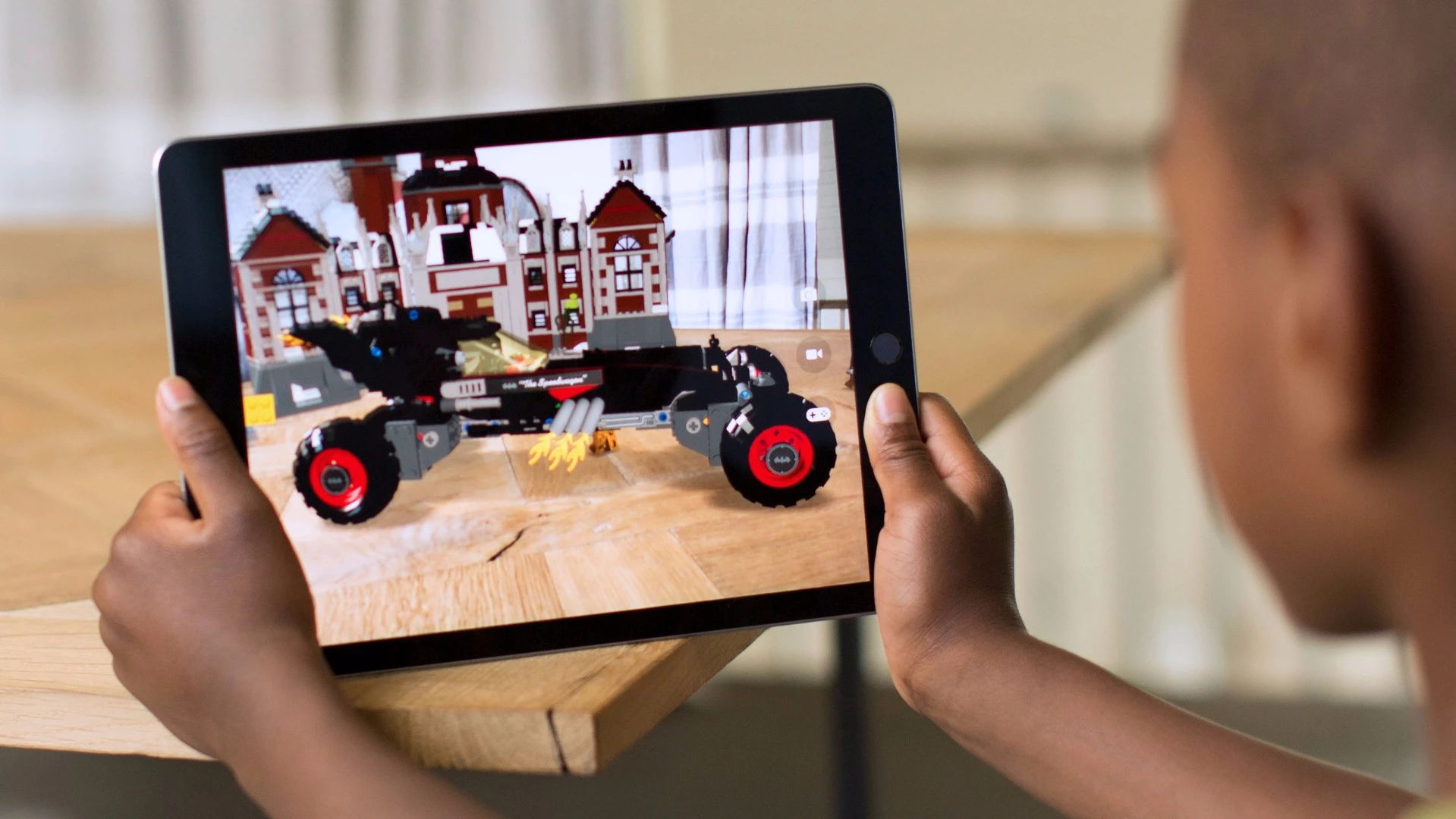Apple has been teasing an interest in augmented reality (AR) for at least the last year, and yesterday's WWDC keynote was the first time AR made an appearance in one of the company's events. While ARKit can do some cool Pokémon Go-style phone tricks in the short term, it's hard to see this move as anything but planting seeds for future AR glasses.
ARKit is like a character that was obviously written into a popular TV show just to get their own spinoff. Like Maude on All in the Family or Laverne and Shirley on Happy Days, consider the iPhone and iPad to be Apple's AR trial run – where the company introduces and familiarizes the new tech for customers who probably know nothing about it today.
Before Pokémon Go, I didn't think smartphone-based AR had much of a future. Even Google's Tango, seen in the Lenovo Phab2 Pro and the upcoming Asus ZenFone AR, struck me as incredibly smart tech that's probably going nowhere fast. Whereas headgear like HoloLens can trick your brain into feeling like virtual objects and characters are really living in the same world as you, holding a phone up to see a virtual world only creates a mild illusion by comparison. It's like comparing 360° videos on a smartphone to an Oculus Rift.
But alas, last year's Pokémon Go fad showed us that mainstream audiences may give phone-based AR a chance after all. While the game's popularity faded about as quickly as it started, there are now millions of smartphone owners – young and old – who now "get" what AR is. I can see the lightbulbs go off when I say, "You know Pokémon Go, where you hold up the phone and see the monsters? It's like that." And now Apple is ready to push that recognition to the next level, with better environmental awareness than we saw in Niantic's mid-2016 sensation.

Even with smartphone AR's surprising moment in the spotlight, it's hard to see this as anything but a short-term stepping stone. I see AR glasses as nothing less than the future of computing – and many industry folks agree. And it'll be much easier to sell those glasses, whenever the tech is finally ready for prime time, if AR seeds have already been planted on the phones that are already in everyone's pockets and purses.
Even more important than priming customers for an AR-glasses future, ARKit also starts planting seeds for developers. The same AR experiences devs will be making on the iPhone starting in iOS 11 should translate easily to Apple's glasses, whether they show up in 2018, 2019 or sometime after that. It's the difference between launching a new product category with a painful lack of content vs. launching with a wealth of smartphone-based AR apps that easily port over.

We shouldn't, however, assume that Apple will control this narrative perfectly. Today's Apple adding a new feature doesn't necessarily translate into it's being "a thing."
Look at the Apple Watch, for example. The company has been pushing it mercilessly since late 2014, and it still hasn't become anything close to a product you see on most people's wrists. Or 3D Touch: I'd wager that at least 90-percent of customers who own a 2015-16 iPhone have no idea their phone supports pressure-sensitive shortcuts. And of those who do know about it, I'd also bet that a large portion rarely, if ever, use it. As today's Apple scales back simplicity and falls more in love with feature creep, there are bound to be more new products and features that flop soon after takeoff. As neat as it is, ARKit could easily fall into that category.
To combat that possibility, expect Apple to push iPhone AR experiences more and more over the next few years – primarily in event keynotes and even perhaps some TV commercials. I believe the company is prepared to cannibalize the iPhone with AR glasses in the long run, and it's going to invest heavily in making sure the proper seeds are being planted – leading up to the launch of Apple Glasses (or whatever they're ultimately called).
For more on AR, you can read our thoughts on the developer version of Microsoft's mesmerizing (but bulky) HoloLens.





